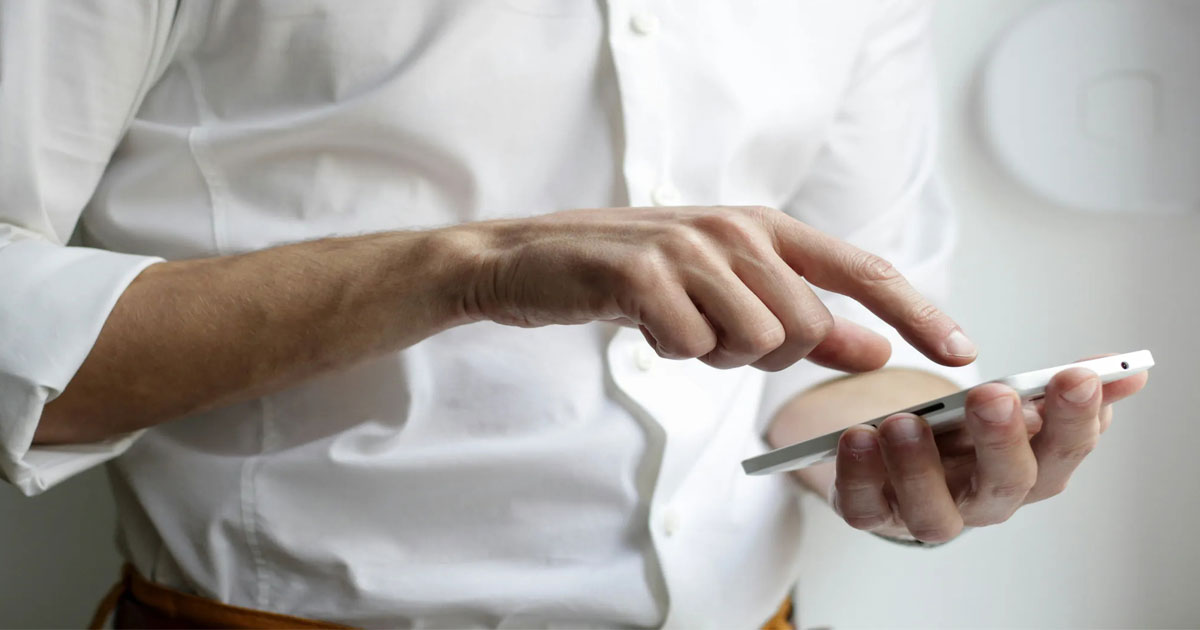A Letter of Authorization (or LOA, not to be confused with loa, spirits of Haitian Vodou) in the broadest sense, is simply what it sounds like … a formal letter or document that verifies permission and gives authority from one party to another. It can be used in a variety of contexts and circumstances, including financial, legal, medical and business-related matters.
In the context of phone numbers, an LOA is a document sometimes required to prove ownership of a phone number when transferring from one service provider to another. It contains all the relevant information, such as the number, PIN code, full legal name of the owner, and service address.
According to FCC rules, you own your phone number, which means that you are free to take it with you whenever you want to change carriers, in a process called porting, which we’ll go over below. The LOA serves as official proof of your authorization for the transfer in case of any subsequent confusion or dispute. Spoiler alert: some companies (like NumberBarn) offer “digital LOAs,” so you don’t have to create a formal LOA when transferring a phone number between providers.
- Porting in general
- Porting to and from AT&T
- Porting to and from T-Mobile
- Porting to and from Verizon
- Porting to and from NumberBarn
Porting in general
While unfortunately it’s not hip new slang for using Star Trek-style teleporters to get around, porting refers to the process of transferring your phone number between two different service providers. You can do this between wireless, wireline (often referred to more traditionally as landline), and IP-based providers. This process can take as little as a few hours if it’s from wireless carrier to wireless carrier, but can take several business days if between different types of service providers.
The porting process generally goes as follows:
- First you confirm that the place to which you are porting your number can support its rate center, a 6-digit code comprising the area code and the first 3 digits of the 7-digit number. This refers to a particular geographic region associated with the rate center, which was more directly relevant in a landline world, but still has infrastructural downstream effects on carriers not having access to certain numbers. Most carriers will have an automated way to check whether your number is portable, such as NumberBarn’s.
- Next you’ll gather and submit all the information required for the port, including the phone number, full legal name, billing and/or service address, and PIN. Some carriers will also have you generate a new transfer PIN, separate from the one that you use to typically log into your account, so be sure to note that down if so. All the information that you provide to your new carrier has to match the record of your old carrier in order for the port to be authorized and go through.
- As part of the submission process you will need to authorize the porting request, which is where the LOA potentially comes in as one means of doing so, typically submitted through a web portal or e-mail these days. NumberBarn also offers authorization over text or phone call as well, by which you can receive an authorization PIN to confirm.
The option to authorize by text naturally requires that it is a wireless number capable of receiving SMS messages. Note that authorization by text or call at NumberBarn expedites the porting process, so if you want to delay the change until a particular date, it’s better to authorize via document submission. - Once everything is submitted, then you just have to wait until the request is confirmed or denied, and potentially resubmit any missing or incorrect information if so. Transferring between wireless carriers can take as little as a few hours, but it can be longer between different types, like transferring a landline number to a wireless carrier. (Yes, you can actually transfer your decades-old landline number to your cell phone!)
As NumberBarn’s phone numbers are classified as wireline, that means porting in an external number typically takes anywhere from 3 up to 10 business days to complete. Note that your previous service will still be active up until the moment the port goes through, and it will be your responsibility to cancel it once the process is complete.
Porting to and from AT&T
To port an existing number into AT&T, select “Keep my number” at checkout when creating your AT&T account, and you will be prompted to enter it along with your previous account number, transfer PIN or account passcode, and associated ZIP code.
To keep your number when porting from AT&T to another provider, you will need a number transfer PIN, which you can get through your online account, app, or by dialing *PORT from your AT&T mobile device. The PIN expires 4 days after your request, so don’t ask for it until you are definitively about to use it.
Porting to and from T-Mobile
Porting a number into T-Mobile is basically the same as with AT&T, and can be done at T-Mobile checkout when purchasing a new account or through the Port-In Dashboard on your online account management portal. It likewise requires a transfer PIN, account number, and billing ZIP code. T-Mobile also notably offers a temporary number for you to use with your new phone while waiting for the old number port to go through.
When porting away from T-Mobile, you will need to generate a Temporary Port Out Pin (TPOP) via the app or web portal.
Porting to and from Verizon
Porting into Verizon is once again the same as the other big two carriers in broad outlines, requiring the number, account number, and transfer PIN. Verizon also requests that you provide another number where you can be reached during the transfer process, as a backup in case something goes wrong.
Porting away from Verizon requires a Number Transfer PIN that you can get either from the My Verizon account management portal or by dialing #PORT into the smartphone with the number you want to move.
Porting to and from NumberBarn
Even though it is not a traditional phone carrier, the process of porting a number into NumberBarn is broadly the same as described above, done through the Numbers section of the account dashboard, requiring the account number and transfer PIN. As mentioned above, NumberBarn can authorize the port through text, phone call, or LOA and Copy of Bill (COB), which can be scanned/photographed and submitted right there in the web portal. NumberBarn offers a “digital LOA” which is essentially a click-through disclosure and authorization form that submits an LOA for you, based on the necessary authorizing info you provide to certify your ownership of the number.
Porting away from NumberBarn is also simple, with all of the necessary information available in the Port Out tab of the Numbers section of your NumberBarn account (account number, PIN, billing telephone number, service address, etc.)

